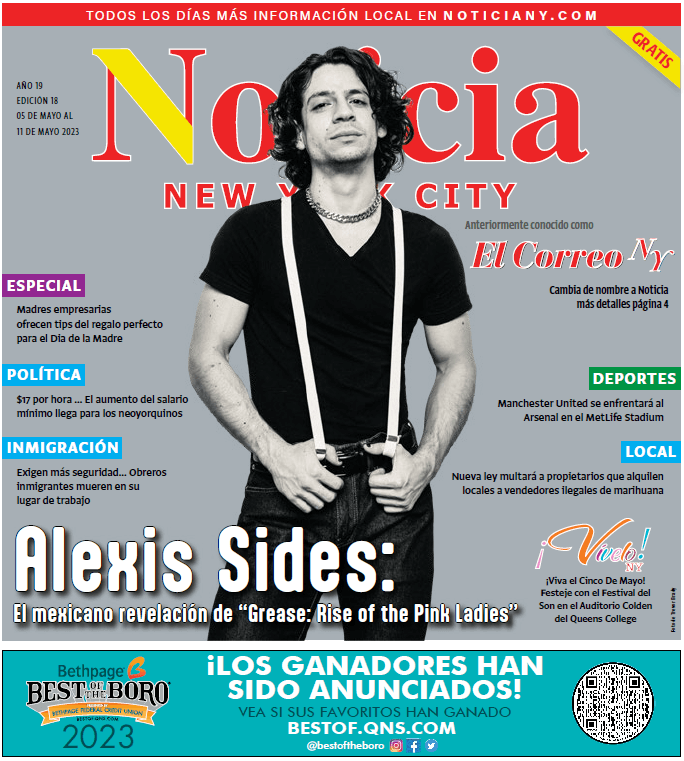Osprey's Journey in (and out of) the Jamaica Bay Wildlife Refuge
Image source: Osprey’s Journey Back in May, a male Osprey nesting in the Jamaica Bay Wildlife Refuge was outfitted with a GPS pack. He was released in June. The within will keep track of him as he moves around – within Jamaica Bay and environs, and also as he migrates south for the winter (currently…

Image source: Osprey’s Journey
Back in May, a male Osprey nesting in the Jamaica Bay Wildlife Refuge was outfitted with a GPS pack. He was released in June. The within will keep track of him as he moves around – within Jamaica Bay and environs, and also as he migrates south for the winter (currently he’s in Colombia).
This is part of a two-year research project spearheaded by the nonprofit National Parks of New York Harbor Conservancy. They paid for the transmitter (more on that later), and in June established the web site, JamaicaBayOsprey.org, to follow the bird’s progress (the editors blog about the osprey and his travels). Biologist Dr. Bob Kennedy, from the Maria Mitchell Association, is also working with the Harbor Conservancy.
The GPS tracker will do much more than the traditional color banding, it will record the bird’s exact location, his altitude, speed, and direction at any given moment. Here is a video of the June release:
[youtube http://www.youtube.com/watch?v=sYpxFs4TyNg]
So why ospreys? What’s the big deal? Ospreys, large predator birds with four-foot wins spans, are at the top of the food chain and eat many kinds of fish, so they are an indicator as to the health of the environment, both on land and in the sea.
They were severely affected by the use of the pesticide DDT in the 1950s and 1960s – the toxic forumla thinned the shells of their eggs and made it difficult for osprey chicks to thrive, therefore drastically reducing the population, and ospreys were eventually put on the endangered species list. When DDT was banned in the 1970s, osprey poulations started to rebound – this was evidence of how intensely their environment affected them.
Jamaica Bay was the home to the first successful breeding pair of ospreys in 1991; last year there were a dozen active nests there (you can see where the osprey nests are in this pdf). Jamaica Bay is an amazing place for birds and is considered to be one of the most important bird sanctuaries in all of the US; approximately 330 species live and breed there.
One particular person that is a friend to the ospreys is Coleman P. Burke, Harbor Conservancy board member, and the founder and Managing Partner of Waterfront Properties, a New York City-based commercial real-estate company (they purchased the Terminal Stores on Manhattan’s Hudson River waterfront for $12.3 million in 1983). He has a history with the water, including serving as a communications officer on a destroyer off Vietnam, and had a strong urge to develop waterfront property. He provided a $25,000 grant to pay for this project at Jamaica Bay, and also helped fund Dr. Kennedy’s previous osprey GPS banding project on Nantucket Island. The Jamaica Bay osprey is named Coley, after Mr. Burke.
Mr. Burke sees his funding this effort as have far reaching consequences, and says about Jamaica Bay:
“This used to be a great, wonderful harbor—the oyster capital of the world. I want to bring that back and energize the people of New York about the great harbor and estuary they have. The study of migration can help improve the health of harbors up and down the East Coast.”
An Earth-Bound View of Where Ospreys Soar [NYT]
On the Wings of a Bird, Effort to Save a Bay [WSJ]
Osprey’s Journey [Jamaica Bay Osprey]








What's Your Take? Leave a Comment